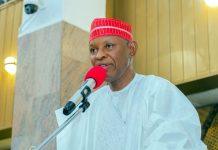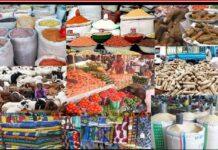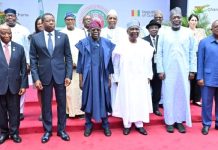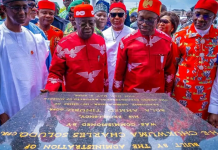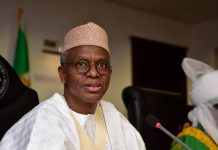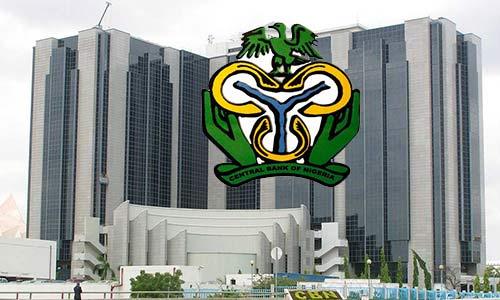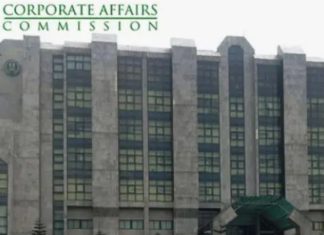Due to the Central Bank of Nigeria’s (CBN) hawkish monetary policy and growing funding costs, Nigeria’s banking sector has continued to operate cautiously as deposit money banks (DMBs) reduced lending expansion.
According to experts, this has resulted in a delayed economic recovery because there is less credit available, borrowing is more expensive, and investment and consumption have significantly decreased.
They noted that consumers have less purchasing power and that firms are having difficulty operating, which has slowed economic activity and resulted in job cutbacks and increased unemployment.
They claim that although Nigeria’s economy is growing positively, with projections for 2025–2026 ranging from 3.9% to 4.4% due to services, the average citizen still views it as having slow activity because of high inflation and the fact that growth isn’t reaching the majority of the population.
In the first quarter of 2025, overall credit to the economy fell slightly by 0.2 percent quarter-over-quarter (q/q) to N59.1 trillion, the first quarterly contraction in recent times, according to the apex bank’s most recent Quarterly Statistical Bulletin.
The CBN’s persistent tightening strategy, which has driven interest rates to multiyear highs in an effort to control inflation and stabilize the naira, is reflected in the figures. Banks have taken a cautious stance, putting asset quality ahead of ambitious loan expansion, as lending margins shrink and risk costs increase.
An investment banker in Lagos stated, “This slowdown in credit growth is a natural reaction to tighter liquidity and higher yields on risk-free instruments.” “Banks are earning more from placing funds with the apex bank than from taking lending risks in a weak economy, as the CBN is mopping up liquidity through its open market operations and standing deposit facilities.”
The oil and gas industry continued to be the primary recipient of bank loans in spite of the overall contraction. The industry contributed N18.6 trillion, or 31.4 percent of all lending, a rise of 8.2 percent on a quarterly basis.
This sustained expansion is attributed by analysts to the capital-intensive character of the energy sector and the continuous restructuring of legacy risks due to the comparatively steady global oil prices.
According to a credit analyst headquartered in Lagos, “the energy sector continues to attract financing because of its perceived strategic importance and relatively secured cash flows.”
“In line with Nigeria’s energy transition objectives, banks are also assisting downstream participants and new entrants in gas processing and distribution.”
As disbursements increased by 8% every quarter, the banking and insurance sector became the second-largest recipient, taking in 14.2% of the total credit. The expansion is a reflection of banks’ increasing interest in non-real sector exposures, especially investments in capital market-related securities and financial institutions.
Analysts claim that this pattern highlights banks’ preference for shorter-term, safer, and higher-yielding assets, particularly in a setting where loan defaults in the real sector are increasing.
In essence, banks are relocating risk. Another expert stated that lending to organizations involved in finance and insurance provides higher profits without the hassles of handling credit risks associated with manufacturing or trade.
With a 13.1% share of overall lending, the manufacturing sector—which has historically been a major driver of credit growth—ranked third, but credit to the industry decreased by 9% on a quarterly basis. The decrease reflects the challenging business climate that manufacturers face, which includes fluctuating foreign exchange rates, expensive energy, and declining consumer demand.
Banks are reevaluating their exposures since manufacturers are finding it difficult to fulfill their payback obligations due to increased transportation costs and inflation from imports.
Many have reduced their emphasis on heavy industries and import-dependent areas in favor of more resilient subsectors like food processing and packaging.
According to a senior risk manager of a Tier-1 bank, “manufacturing is no longer a haven for lenders.” “We are now more picky, favoring customers with steady cash flows or export potential.”
Additionally, the CBN Bulletin reported significant drops in trade/general commerce (-18.8%) and credit to general services (-18%). Analysts attribute the declines to increasing borrowing costs, tighter lending standards, and lower working capital demand, all of which have reduced the profitability of small and medium-sized businesses (SMEs).
These two industries, which together account for a sizeable share of Nigeria’s workforce, are among the most severely impacted by high interest rates. Alternative financing options like supplier credit and fintech lending platforms have been popular among SMEs, despite the fact that they frequently have higher effective costs.
Economist Stephen Iloba stated in his presentation that “the commercial sector is feeling the pinch of liquidity constraints.” Trade credit growth is being negatively impacted by decreased inventory finance and sluggish consumer expenditure.
On the other hand, targeted lending under government-backed programs and revived interest in agro-processing projects drove an 11 percent quarterly increase in credit to the agriculture sector to N3.2 trillion. Despite providing 26.2% of GDP in Q2 2025, the sector’s share of total credit stayed low at 5.4%.
According to analysts, the discrepancy between agriculture’s economic significance and its ability to obtain foreign finance is a result of institutional flaws, such as insufficient collateral frameworks and pricing and weather risks that discourage banks.
“Agriculture is still underbanked,” a development finance specialist stated. “Banks will continue to allocate a disproportionately low share of credit to the sector without risk-sharing mechanisms and improved insurance coverage.”
Additionally, the report revealed that credit to the government increased by 5.7 percent on a quarterly basis to N3.1 trillion (a 5.2% share), underscoring the public sector’s persistent need for short-term liquidity to close fiscal imbalances. In a similar vein, loans to the ICT industry increased by 9% to N2.1 trillion, which is indicative of growing investments in fintech, broadband development, and digital infrastructure.
According to a digital economics specialist, “the ICT space remains a bright spot.” “Banks are funding fintech innovations, network upgrades, and data center projects that facilitate payment digitization—all of which have long-term growth potential.”
At N2.4 trillion (+0.1% q/q), credit to the construction sector remained essentially flat, which is consistent with the sluggish pace of capital projects and private real estate developments under high material costs and muted consumer demand. The picture of widespread caution in lending activity was completed when the “Others” category of loans dropped 2.2% to N5.4 trillion.
Overall, the data confirms that loan expansion is being hampered by Nigeria’s high interest rate environment and limited liquidity. The benchmark Monetary Policy Rate (MPR) set by the CBN, which was kept high for the majority of 2025, has greatly increased borrowing costs, deterring banks and borrowers alike.
A treasury dealer at one of the top five lenders stated, “The risk-adjusted return on government securities now rivals what banks can earn from loans.”
“In this situation, investing in CBN instruments or keeping cash becomes more appealing than lending to riskier clients,” the dealer continued.
Join Television Nigerian Whatsapp Now
Join Television Nigerian Facebook Now
Join Television Nigerian Twitter Now
Join Television Nigerian YouTUbe Now

